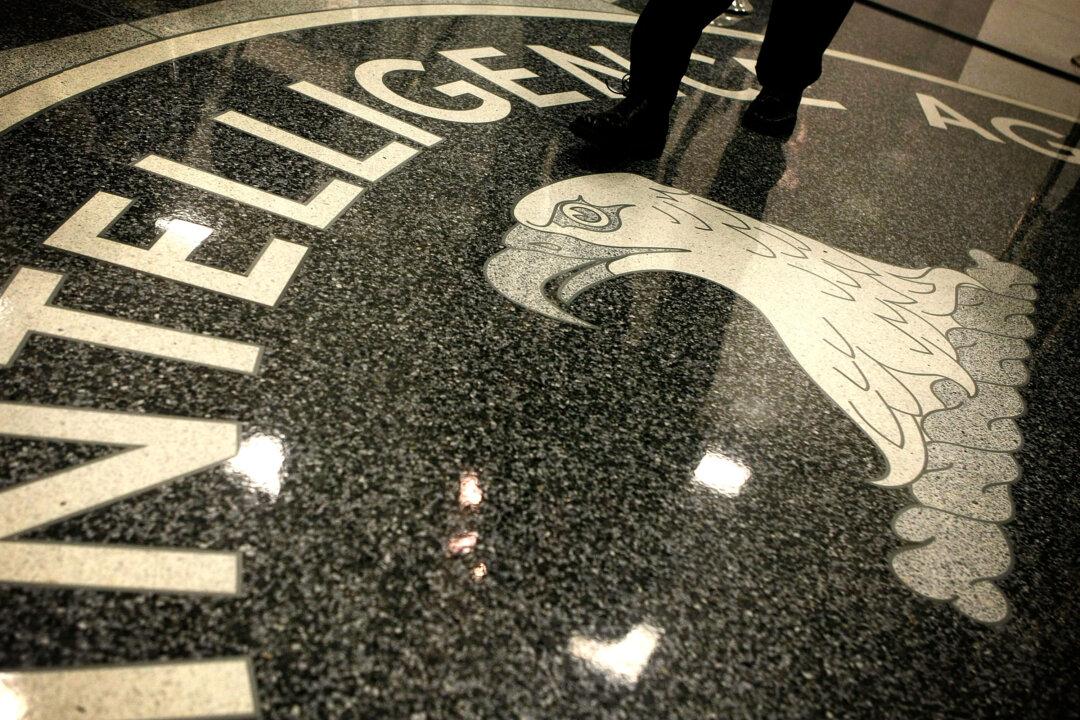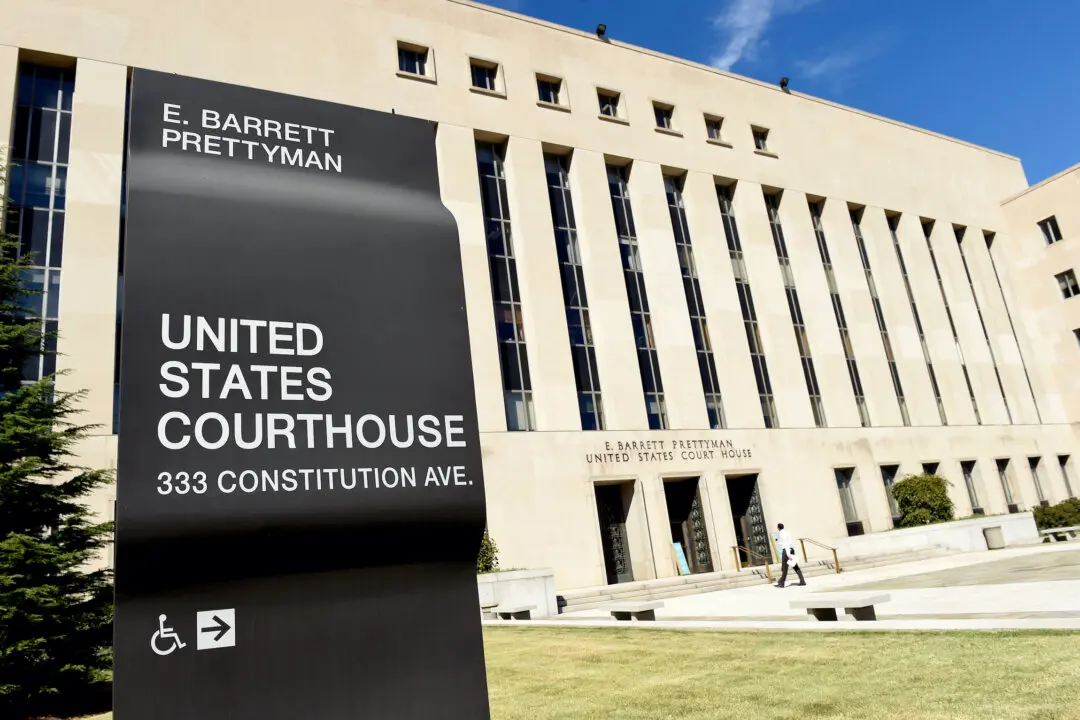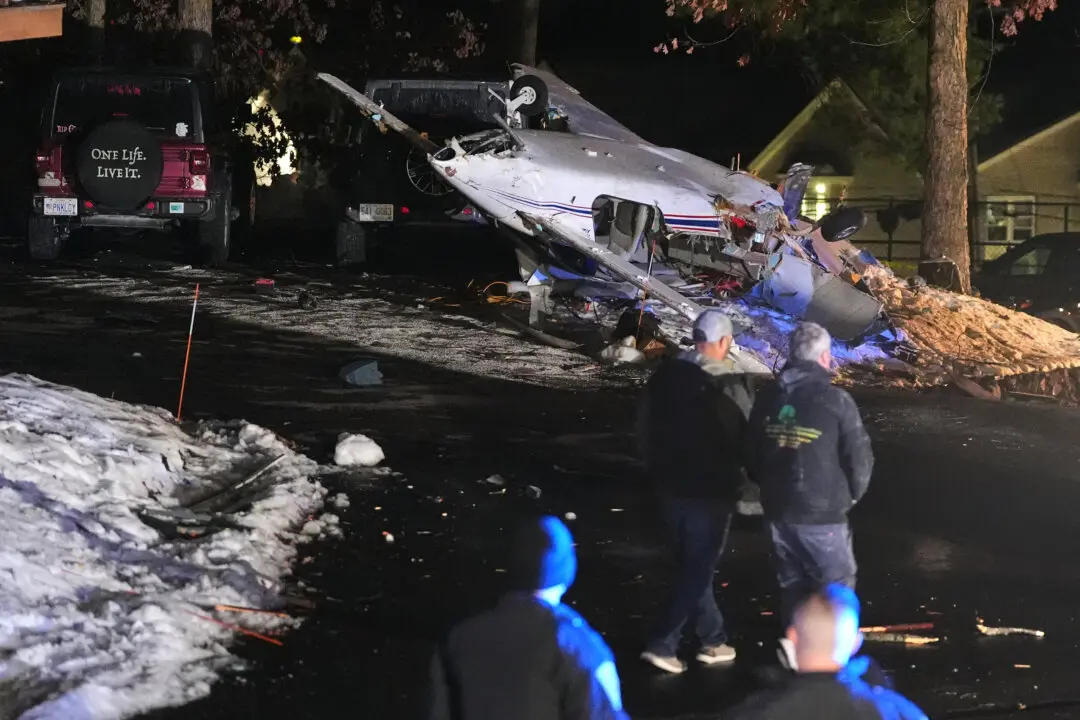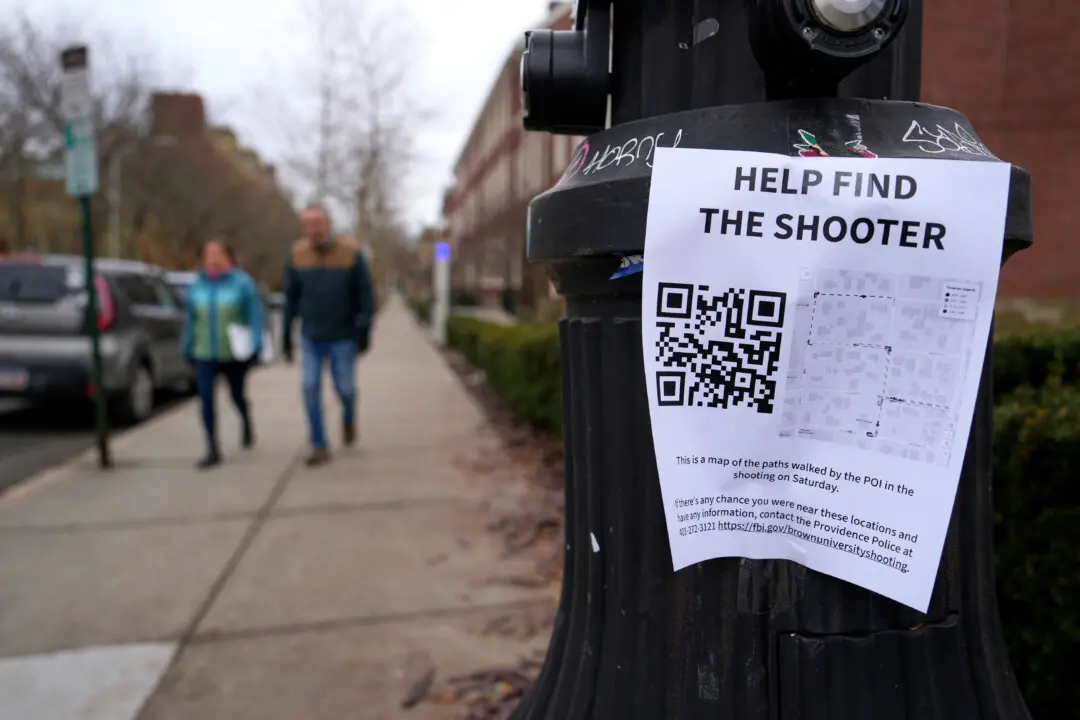WASHINGTON—A dedicated manhunt by the CIA, the National Security Agency, and the military’s Joint Special Operations Command has been methodically finding and killing senior extremists in Syria and Iraq, in one of the few clear success stories of the U.S. military campaign in those countries.
The drone strikes—separate from the conventional bombing campaign run by U.S. Central Command—have significantly diminished the threat from the Khorasan Group, an al-Qaeda cell in Syria that had planned attacks on American aviation, U.S. officials said.
Group leader Muhsin al-Fadhli, and its top bomb-maker, David Drugeon, were killed this past summer.
Other targeted strikes have taken out senior ISIS group figures, including its second in command, known as Hajji Mutazz.
In an effort that ramped up over the last year, intelligence analysts and special operators have harnessed an array of satellites, sensors, drones, and other technology to track and kill elusive extremists across a vast, rugged area of Syria and Iraq, overcoming the lack of a significant U.S. ground presence and the awareness by U.S. targets that they can be found through their use of electronic devices.
The strikes won’t defeat the ISIS, but they are keeping its leadership off balance, a senior defense official involved in planning them said.
“They are constantly having to adjust, which means they don’t have a lot of time to sit there and plan large and effective attacks,” the official said.
Like others interviewed for this story, the official was not authorized to discuss intelligence matters publicly and would not be quoted by name.
Murky Truth
With no regular American presence in the war theater, U.S. intelligence agencies have struggled to determine ground truths about the situation in Syria and Iraq, including the number in ISIS. The U.S.-led bombing campaign has failed to dislodge the group from its self-declared caliphate across both countries.





